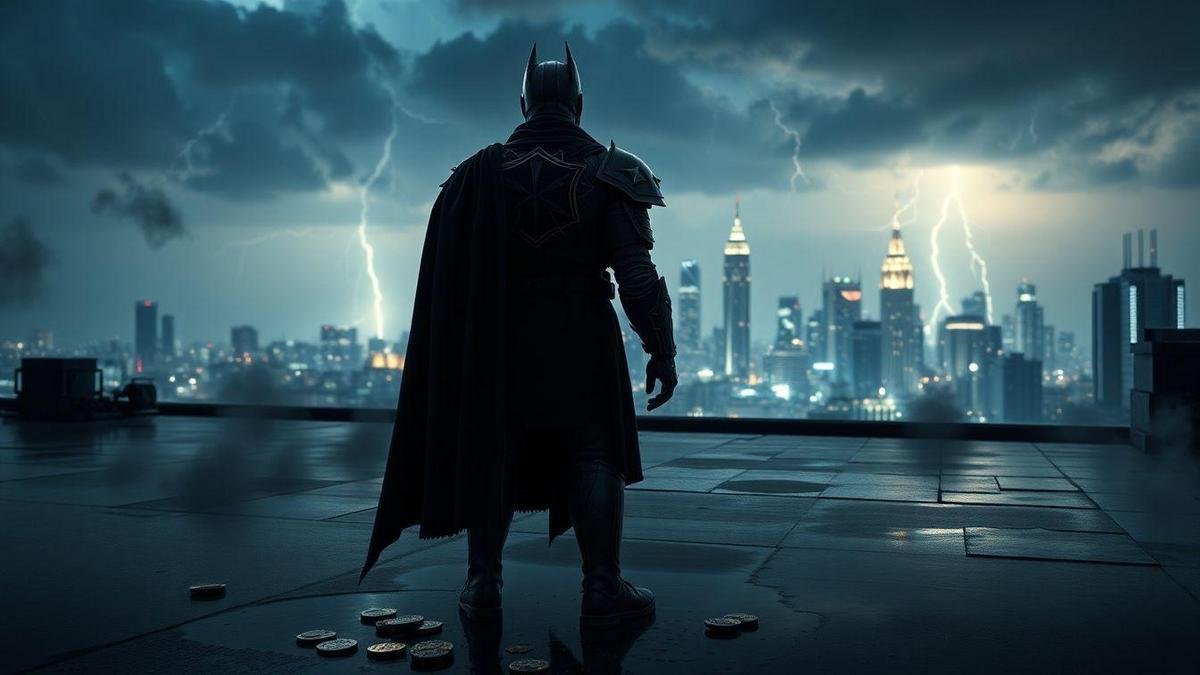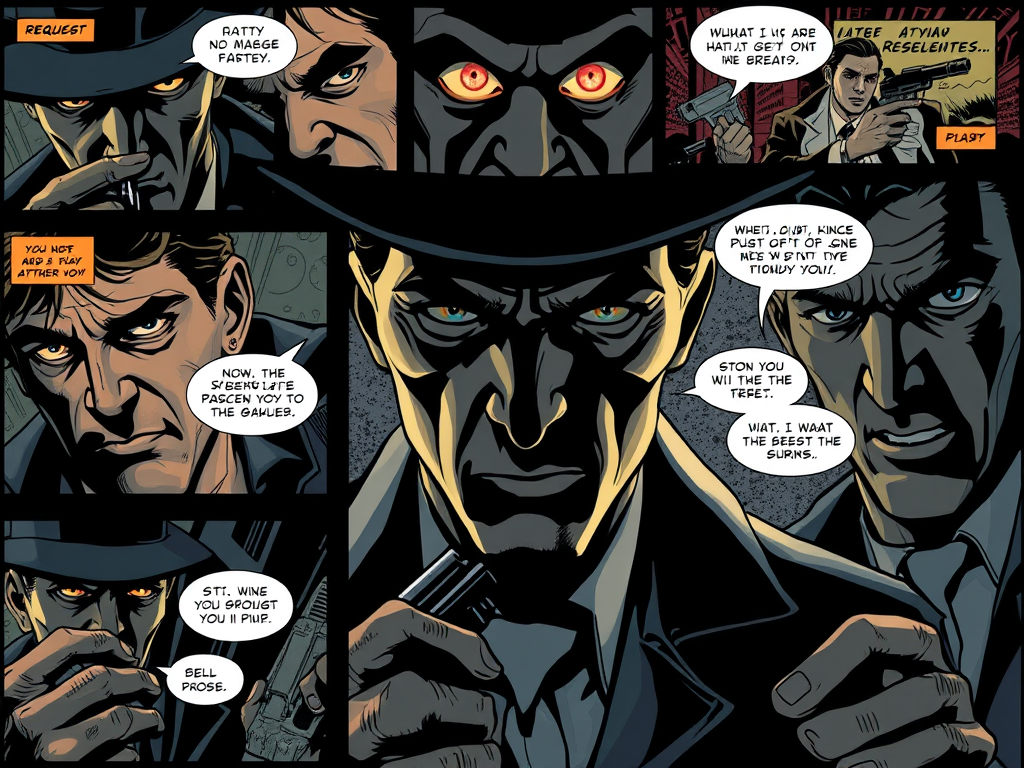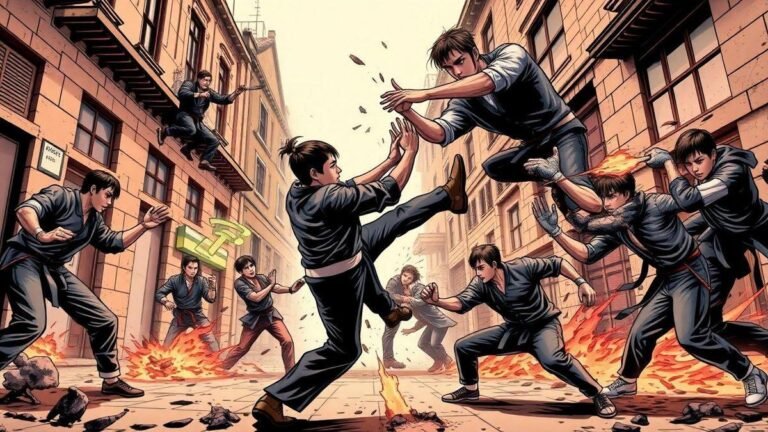The Justice League’s New Enemy Is An Old Friend

You’re about to get a fast, readable guide to why The Justice League’s New Enemy Is An Old Friend shocks fans, how past DC betrayals paved the way, the clues you can spot early, common motives (power, fear, revenge), why insider knowledge raises the stakes, how trust breaks and rebuilds, how fan theories shape expectations, and what this reveal may mean for future arcs and tie-ins.
Key takeaway
- A trusted teammate becomes the new threat.
- Personal history turns fights into emotional tests.
- Teams tighten security and split missions.
- Betrayal forces long-term growth, new bonds, or dark turns.
- Watch small clues — art, props, and odd lines — they matter.
Why the twist shocks fans
When The Justice League’s New Enemy Is An Old Friend, the betrayal cuts deeper than a random villain attack. It replaces tactical danger with emotional harm: you lose not just a battle, but a memory and the comfort of loyalty. That raises stakes instantly, making every handshake suspect and every plan vulnerable.
How past DC betrayals set the stage
DC’s history trains readers to watch for motive flips and slow-burning hints. For an authoritative overview, see History and context for Justice League events.
Examples that taught us this:
- Identity Crisis — trust collapses when secrets surface (see how long-form emotional beats get earned in DC’s character-driven crises).
- Tower of Babel — contingency plans can be turned against you; think of how strategic planning becomes a plot device in stories like Batman’s origin and contingency work.
- Under the Red Hood — grief turns loyalty into vengeance, an arc mirrored in many modern antihero turns discussed in Batman’s evolving adaptations.
- Sinestro and Parallax — mentor figures and heroes fall through ideology and trauma; see the long-term consequences of corrupted power in Green Lantern’s major turning points.
These arcs show effective betrayals are earned by setup; when done well, they reframe everything that came before.
How to spot clues in early issues
Read like a detective. Creators leave breadcrumbs in plain sight.
- Repeated symbols, props, or lingering close-ups (a technique covered under foreshadowing and long-form art).
- Quiet panels that shift mood without explanation.
- Dialogue that reads two ways or feels off for the character (related to themes in unreliable narration).
- Background text or news tickers that conflict with narration.
Quick checklist when scanning: skim odd props, study facial reactions, note narrative gaps, and re-read panels after the issue finishes. For academic methods on reading comics visuals, consult Academic guides to visual storytelling techniques.

What motivates an old friend to turn?
Motives are rarely simple. They combine personal hurt, belief, or external forces. The most common:
- Power — control to reshape the world (ancient cosmic ambitions show up in pieces like Darkseid’s quests).
- Fear — of loss, failure, or helplessness (fear-driven arcs recur across heroes such as in The Flash’s reinventions).
- Revenge — old wounds demanding payback.
- Pride/ideology — certainty that your way is the only right way (see how ideological breaks reshape foes in pieces about General Zod).
- Corruption/external influence — magic, tech, or mind control exploiting existing cracks (cosmic-level threats like the Anti-Monitor) often provide convenient external pressures.
These motivations often mix: grief can breed revenge; ideology can justify power grabs.
How insider knowledge raises the threat
A former ally knows your playbook, safe locations, and soft spots. That knowledge multiplies danger. See Research and guidance on insider threats for useful analogies about how privileged access increases risk.
- Access to plans and schedules.
- Knowing personal weaknesses and relationships.
- Turning trust into a weapon — the team least expects it.
- Compromised resources: tech, codes, contacts.
For hero-specific examples of insider complexity, look at how characters like Martian Manhunter and Aquaman’s allies are used to explore trust, secrecy, and breach scenarios in team dynamics. Remember: when The Justice League’s New Enemy Is An Old Friend, a single leak can undo months of prep.
Short-term fallout vs long-term growth
Short term:
- Emergency meetings, split missions, and tighter security.
- Pairing trusted partners, guarded conversations, and snapping tension.
Long term:
- Characters deepen through hard choices.
- New procedures: second opinions, backups, and transparent talks.
- Possible redemption arcs, darker turns, or solo spinoffs. Major events like Infinite Crisis aftermaths and the ripple effects studied in Final Crisis show how betrayal can pivot entire publishing directions. Recent meta-consequences are explored in Dark Nights: Death Metal.
Betrayal becomes a pivot that changes who the heroes are.
How writers use betrayal to evolve heroes and launch events
Betrayal is a storytelling mirror: it exposes flaws and compels growth. It also powers crossovers:
- A single catalyst links multiple titles.
- Staggered reveals keep readers buying different books.
- Multiple viewpoints expand the emotional and tactical fallout.
Publishers use betrayal to create momentum; for reading strategies and event planning, consult resources on reading orders for crisis-level events and analyses of their wider impact. When The Justice League’s New Enemy Is An Old Friend, that twist provides both story and sales reasons to push an event.
Fan theories: why they matter and how to test them
Theories change how you read clues and drive engagement—sometimes productively, sometimes misleadingly.
- Patterns to watch: red herrings, hidden lineage, mind control, secret alliances, retcons.
- To test theories: follow creator interviews, save screenshots, compare panels across issues, and track which predictions come true (see Scholarly work on fandom and participation).
Fan predictions that actually landed are collected and discussed in retrospectives on fan theories coming true. Tip: if you post theories, label spoilers clearly to keep discussions healthy.
What the twist means for future arcs and tie-ins
Expect ripple effects: leadership changes, emotionally driven missions, and seeded long-game hooks for future villains. Betrayal deepens emotional stakes and drives reader investment, spawning tie-ins, solos, and merchandise plays.
If handled well, it creates lasting series growth beyond the initial sales spike; see how universe-wide crises reshape publishing in the story that changed the DC Universe.
For darker, meta-textual consequences and universe reconfiguration, check analyses like Dark Nights: Death Metal consequences and coverage of post-crisis fallout in Infinite Crisis aftermath.
Conclusion: The Justice League’s New Enemy Is An Old Friend
The shock of The Justice League’s New Enemy Is An Old Friend comes from betrayal’s emotional weight, not just its tactical consequences.
Watch for small clues in art and dialogue, and understand motives are layered — power, fear, and revenge often appear together.
Insider knowledge multiplies risk, but betrayal also forces teams to grow, form new bonds, or fracture in dramatic ways. If you love slow-burn character work and surprising reveals, follow the fallout closely: the ripples will shape many future stories.
For more breakdowns and panel-by-panel clues, head to https://heroandvillainworld.com.
Frequently asked questions
A: The identity is revealed in the issue or episode; the shock is that it’s someone the team trusted.
A: Common causes are fear, grief, ideology, revenge, or outside corruption—usually a mix of factors.
A: Maybe. Trust must be earned through consistent action, not promises.
A: Expect tension, tighter security, and personal storylines that reshape relationships—watch character-specific coverage like Wonder Woman’s evolution, The Flash’s eras, or deep dives on villains such as Darkseid for context.
A: Read the latest issues, follow official channels, and join focused fan forums for deeper clue-hunting. For companion reading on team dynamics and allies, see Aquaman’s allies and team histories.






